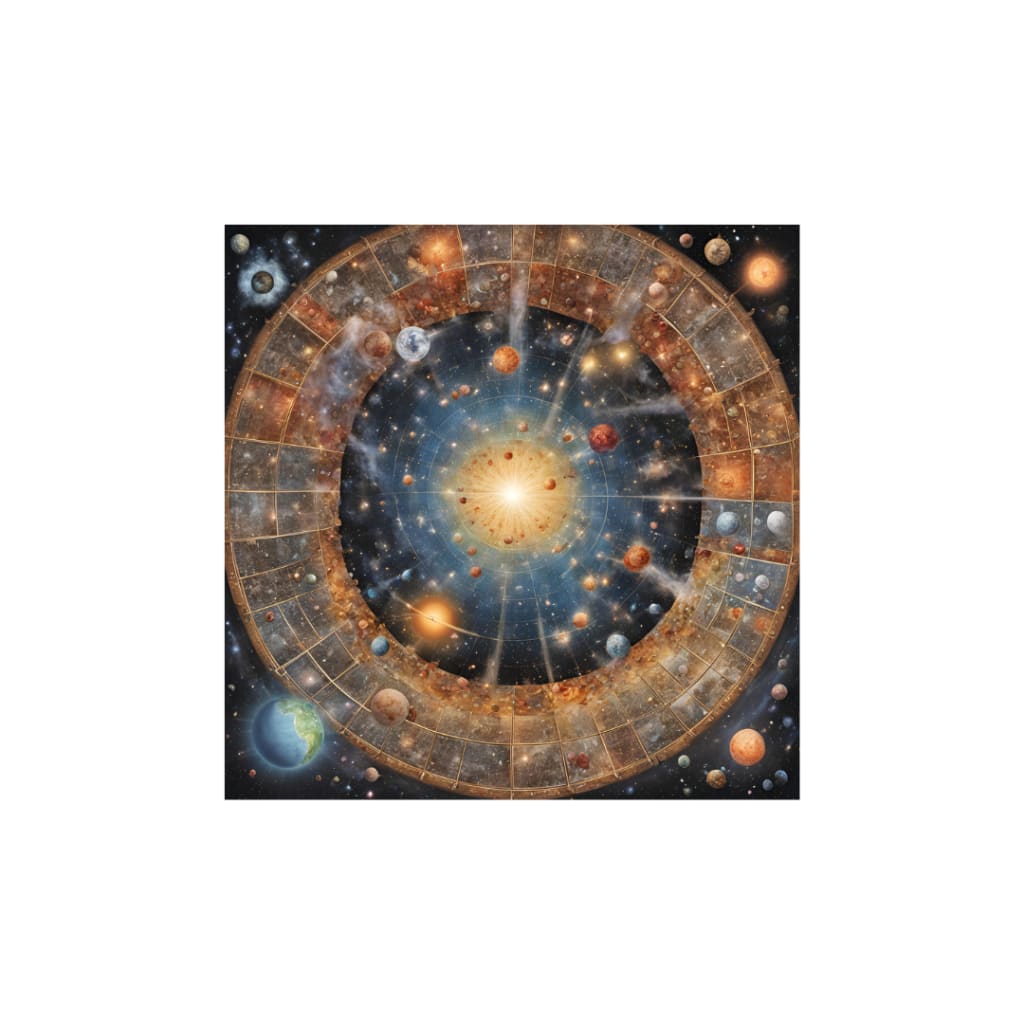From Singularity to Infinity: Exploring the Universe Creation.
Embark on a journey through the creation of the universe, from a single point of singularity to the vast expanse of infinity.

The Big Bang Theory: Birth of the Universe,
The Big Bang Theory is the prevailing cosmological model that explains the origin and evolution of the universe. According to this theory, the universe began as a singularity – a point of infinite density and temperature. About 13.8 billion years ago, this singularity started to expand rapidly, giving rise to the universe as we know it.
During the first fraction of a second after the Big Bang, the universe underwent a period of exponential expansion known as cosmic inflation. This rapid expansion smoothed out irregularities in the early universe and set the stage for the formation of galaxies, stars, and other cosmic structures.
The Big Bang Theory is supported by a wide range of observational evidence, including the observed redshift of distant galaxies, the cosmic microwave background radiation, and the abundance of light elements in the universe. It provides a comprehensive framework for understanding the origins and evolution of the cosmos.
Cosmic Inflation: Rapid Expansion.
Cosmic inflation is a crucial component of the Big Bang Theory. It refers to the rapid expansion of the universe that occurred in the first fraction of a second after the Big Bang. During this period, the universe expanded exponentially, doubling in size every tiny fraction of a second.
Cosmic inflation is believed to have been driven by a hypothetical field called inflation. This field caused the fabric of space-time to stretch rapidly, smoothing out any irregularities and producing a remarkably homogeneous and isotropic universe.
The concept of cosmic inflation was first proposed in the early 1980s to explain certain puzzling features of the universe, such as its overall uniformity and the absence of magnetic monopoles. Since then, it has become an integral part of the Big Bang Theory, providing a solution to many long-standing cosmological problems.
Formation of Galaxies and Stars.
After the rapid expansion of cosmic inflation, the universe entered a phase of gradual cooling and the formation of cosmic structures. Gravity played a crucial role in this process, causing matter and energy to clump together and form galaxies, stars, and other celestial objects.
Galaxies are vast systems of stars, gas, dust, and dark matter. They come in various shapes and sizes, ranging from spiral galaxies like our Milky Way to elliptical and irregular galaxies. The formation of galaxies is still an active area of research, but it is believed to be influenced by the distribution of dark matter and the interactions between galaxies.
Stars, on the other hand, are born within galaxies from clouds of gas and dust. Gravity causes these clouds to collapse, leading to the formation of a protostar. As the protostar continues to collapse, it heats up and eventually reaches a temperature and density where nuclear fusion can occur. This marks the birth of a star, which will then go through various stages of evolution depending on its mass.
The formation of galaxies and stars is a fascinating process that continues to shape the universe. By studying these cosmic structures, astronomers gain insights into the history and evolution of our universe.
The Role of Dark Matter and Dark Energy.
Dark matter and dark energy are two mysterious components that play a significant role in the universe.
Dark matter is a form of matter that does not interact with light or other electromagnetic radiation, making it invisible to our current observational methods. However, its presence can be inferred from its gravitational effects on visible matter. Dark matter is believed to make up about 27% of the universe, providing the gravitational scaffolding necessary for the formation of galaxies and other cosmic structures.
Dark energy, on the other hand, is even more enigmatic. It is a hypothetical form of energy that permeates all of space and is responsible for the observed accelerated expansion of the universe. Dark energy is thought to make up about 68% of the universe, but its exact nature remains a subject of intense scientific investigation.
Together, dark matter and dark energy shape the large-scale structure of the universe and drive its evolution. Understanding their properties and interactions is a key goal of modern cosmology.
About the Creator
Enjoyed the story? Support the Creator.
Subscribe for free to receive all their stories in your feed. You could also pledge your support or give them a one-off tip, letting them know you appreciate their work.






Comments
There are no comments for this story
Be the first to respond and start the conversation.